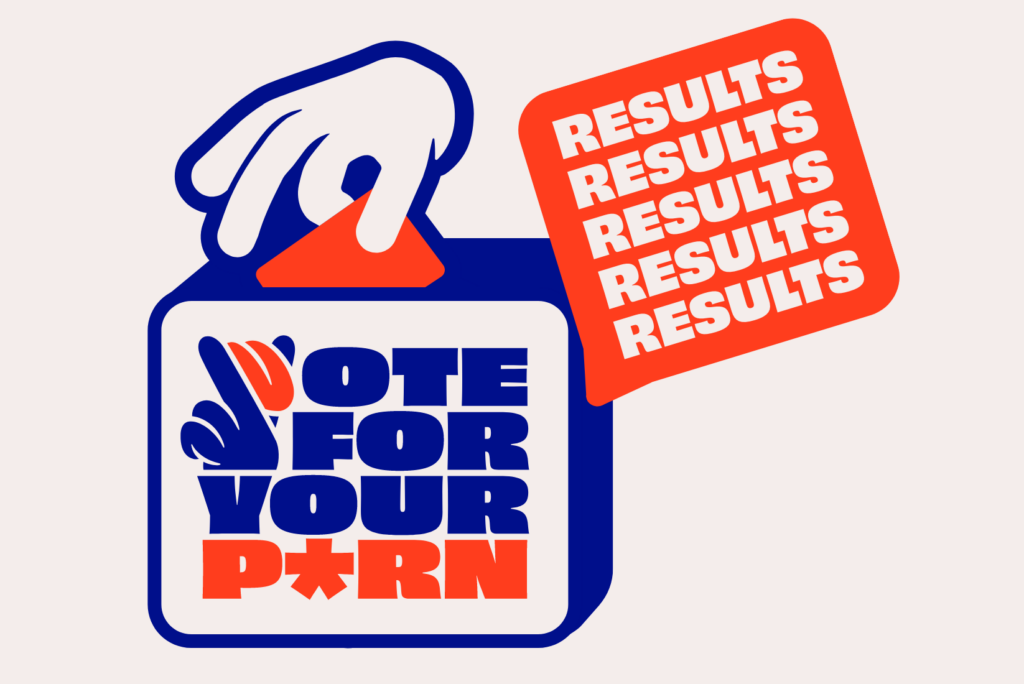The Myth of the G-Spot
The truth is that scientific evidence supporting the existence of the G-spot in the female body remains elusive today.
In a comprehensive study conducted in 2017, researchers aimed to pinpoint this supposed magical spot but could not find anything. Terence M. Hines, Ph.D., emphasised the weakness of the evidence, stating, “The evidence is far too weak to support the reality of the G-spot. Specifically, anecdotal observations and case studies based on a few subjects are not supported by subsequent anatomic and biochemical studies”. In other words, although many claim to have a G-spot, it is not a distinct organ in the body.
What is then all the fuss about this spot? How could half of the participants in another study say they have a G-spot and enjoy stimulating it? Why do so many women say they experience shattering orgasms when a certain point in their vaginas is stimulated? And why are there so many controversies about an organ that likely doesn’t exist?
While the G-spot might not be a distinct organ, it can serve as a pleasurable zone for many. The absence of conclusive evidence doesn’t negate the presence of erogenous zones, implying that individuals can derive enjoyment from G-spot stimulation even if it doesn’t exist as a separate organ. We all experience pleasure differently.
The Clitoris Is Part of the Game
Since the latest discoveries suggest that the mystical G-spot is in fact part of the clitoris, stimulating the G-spot means stimulating the clitoris from the inside.
In an insightful piece on Healthline, Sarah Aswell, drawing from an interview with Dr. Sybil Lockhart, Ph.D., a neuroscientist and full-time researcher, underscores “while ‘clitoral orgasms’ and ‘vaginal orgasms’ were once seen as different entities, all female orgasms are technically the result of clitoral stimulation.”
Other experts, including Yale scientist Amichai Kilchevsky, agree with this claim. “My view is that the G-spot is just the extension of the clitoris on the inside of the vagina, analogous to the base of the male penis,” stated Kilchevsky. It wouldn’t make sense to have two distinct organs responsible for sexual pleasure from a biological perspective, either.
The implications of this discovery shed light on why many women struggle to reach the big O through penetrative sex alone. This could be the result of inadequate stimulation of the inner part of the clitoris via penetration or the clitoris being further away from the vaginal wall. Undoubtedly, everyone with a vagina needs some clitoral stimulus to orgasm.
G-Spot And Vaginal Orgasm Anxiety
The persistent belief that reaching the big O hinges solely on vaginal penetration has contributed to significant anxiety among women. Many still think of themselves as dysfunctional because they can’t orgasm through vaginal penetration. This expectation, rooted in the theories of psychoanalyst Sigmund Freud, asserted that only mentally healthy and mature women could attain vaginal orgasm—an opinion upheld by experts until the late 1960s. Thanks, Dr. Freud!
This ideology has left many women grappling with feelings of dysfunction if they cannot orgasm through vaginal penetration alone. In a quest to fulfil societal expectations and overcome this anxiety, some women resort to the unapproved and non-peer-reviewed procedure known as G-spot amplification or “G-shot.” Marketed as a means to enhance self-esteem, libido, and sexual sensations, this surgery lacks approval from both the Food and Drug Administration (FDA) and the American Medical Association.
On the website of a clinic offering this procedure, a claim is made that “it apparently does work for some women.” What a convincing claim. It is disheartening that women are encouraged to undergo surgery to fulfil society’s expectations about an organ that contemporary understanding suggests doesn’t even exist.
Over the years, the porn industry made the situation even more severe. The portrayal of women “experiencing” screaming orgasms through vaginal penetration made the female audience wonder, “Why can’t I reach the big O so easily?” Spectacular acting contributed to the insecurity of several women and made men more demanding—“If the beautiful blondie in the movie can do it, why can’t my girlfriend?” These impacts resulted in performance anxiety in many cases.
What Can You Do?
Does the existence of a G-spot truly matter? If it feels good to touch the spot that is deemed to be your G-spot, then it’s okay. If you reach orgasm through the simulation, fantastic! If you don’t feel anything and can only come through external clitoral stimulation, embrace it.
There’s no one-size-fits-all solution to orgasms.
Embrace the joy of experimentation. Try to distance yourself from what is expected to feel pleasurable according to the mainstream. Get to know your body, and don’t feel ashamed if a movement not often seen in mainstream porn makes you excited. Release the pressure, give yourself time and stay curious and open-minded.
Discover your body, either with your partner or alone.








